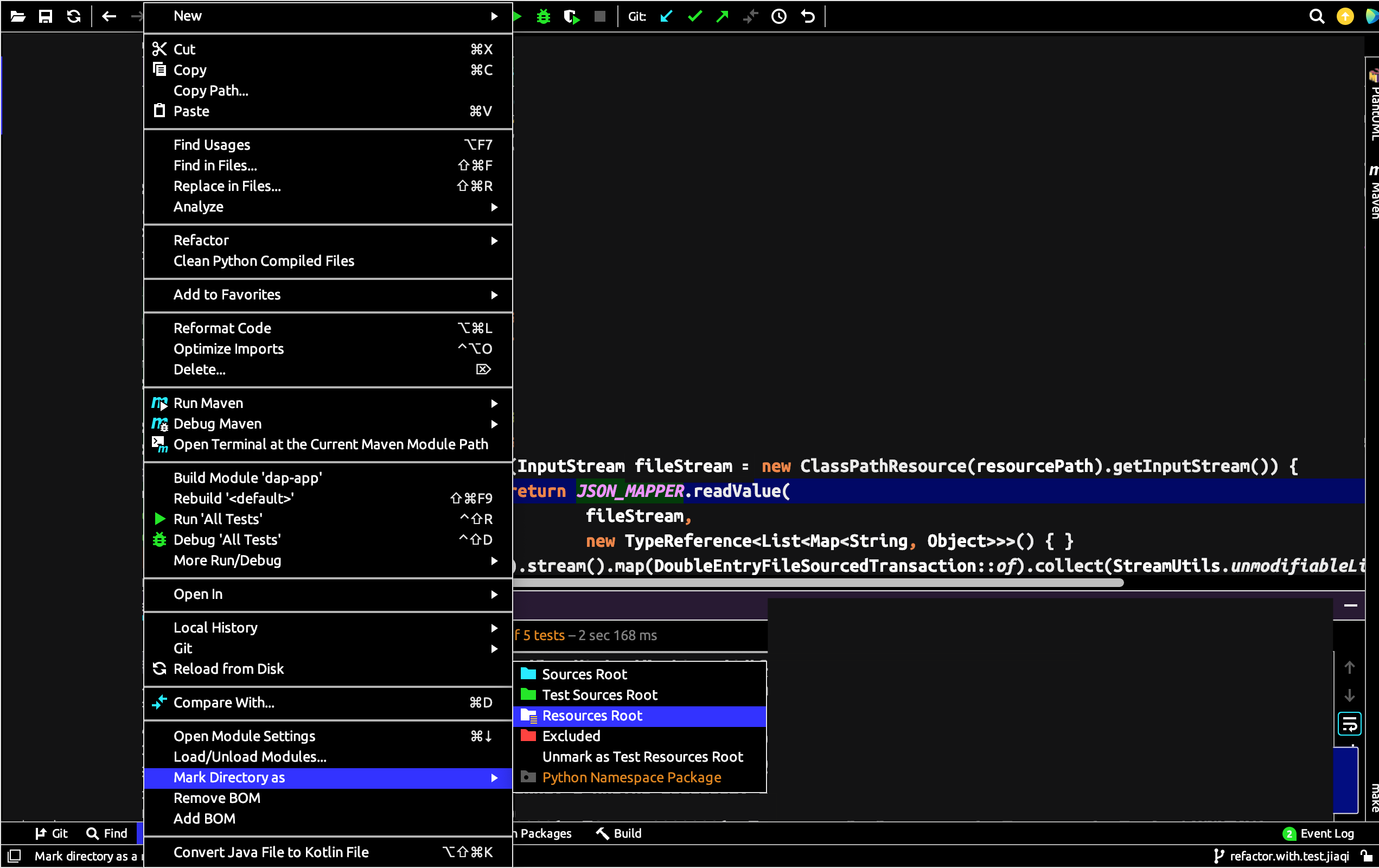Development
The following guide is intended to help developers who maintain or want to make changes to the Kugelblitz.
Preparing for Local Development
This section discusses the one-time setup in order to develop FastWS.
Installing Java & Maven (on Mac)
brew update
brew install openjdk@17
At the end of the last command prompt, something like the below will show up:
For the system Java wrappers to find this JDK, symlink it with
sudo ln -sfn ...openjdk@17/libexec/openjdk.jdk .../JavaVirtualMachines/openjdk-17.jdk
openjdk@17 is keg-only, which means it was not symlinked into /usr/local,
because this is an alternate version of another formula.
If you need to have openjdk@17 first in your PATH, run:
echo 'export PATH=".../openjdk@17/bin:$PATH"' >> .../.bash_profile
For compilers to find openjdk@17 you may need to set:
export CPPFLAGS="-I.../openjdk@17/include"
Make sure to execute the sudo ln -sfn, echo 'export PATH=..., and the export CPPFLAGS= commands above
Kugelblitz is built using maven, which uses a separate JDK version. This can be seen via mvn -v. If it's not JDK 17, we
should have Maven point to our JDK 17 using JAVA_HOME:
$ /usr/libexec/java_home
/Library/Java/JavaVirtualMachines/jdk-17.jdk/Contents/Home
$ export JAVA_HOME=/Library/Java/JavaVirtualMachines/jdk-17.jdk/Contents/Home
If we see something similar after typing the command with the version flag below we're good to go
$ java --version
openjdk 17.0.10 2021-01-19
OpenJDK Runtime Environment (build 17.0.10+9)
OpenJDK 64-Bit Server VM (build 17.0.10+9, mixed mode)
Installing Docker Engine
Kugelblitz has Docker-based integration tests; it also supports running template webserivce in Docker. Docker can be installed by following this instruction
Installing Code Style Checker
Kugelblitz utilizes pre-commit which sometimes doesn't give very informative messages when its check fails in Kugelblitz's CI/CD. One approach to make sure pre-commit passes is to run it locally by installing it first:
pip3 install pre-commit
then run pre-commit check which would fix everything in one go:
pre-commit run -a
Getting Source Code
git clone git@github.com:QubitPi/Kugelblitz.git
cd Kugelblitz
Syncing up with Kugelblitz's Code Styles with IntelliJ
For the moment, we have distilled the most important code style conventions with respect to Kugelblitz's code as IntelliJ settings. If IntelliJ is used for IDE, we may import these code style settings by importing the Kugelblitz-Project-intellij-code-style.xml file in the root of the repo. The setting for the project will appear as a new Scheme named "Kugelblitz-Project" under IDE's Editor -> Code Style section.
Please also enable "remove unused imports" by Editor -> General -> Auto Import -> Optimize Imports on the Fly, which will automatically remove unused imports.
Running Tests
The following commands runs both unit and integration tests:
mvn clean verify
ArangoDB
Spin up an Arango database
docker run -d -p 8529:8529 \
-e ARANGO_ROOT_PASSWORD=root \
-v arango-data:/var/lib/arangodb3 \
-v arango-app:/var/lib/arangodb3-apps \
--name arangodb --platform linux/arm64/v8 arangodb
The ArangoDB Web console should be accessible at http://localhost:8529 with the username and password being root and
root, respectively.
For more documentation on navigating the Arango Web UI, please refer to ArangoDB documentation
git clone git@github.com:QubitPi/Kugelblitz.git
cd Kugelblitz
mvn clean package
export KUGELBLITZ_ARANGO_HOSTS=http://localhost:8529
export KUGELBLITZ_ARANGO_USERNAME=root
export KUGELBLITZ_ARANGO_PASSWORD=root
java -jar target/kugelblitz-0.0.1-SNAPSHOT.jar
Note that the KUGELBLITZ_ARANGO_USERNAME and the KUGELBLITZ_ARANGO_PASSWORD is in accordance with the ArandoDB Docker
configuration above. In addition, KUGELBLITZ_ARANGO_HOSTS must start with either "http://" or "https://"
The default port is 8080.
-
Healthcheck: http://localhost:8080/actuator/health
-
Swagger UI: http://localhost:8080/swagger-ui/index.html
-
Creating an entity:
curl --location 'localhost:8080/arango/createDocument/mydatabase/mycollection' --header 'Content-Type: application/json' --data '{
"myfield": "myvalue"
}' -v
Troubleshooting
IntelliJ
IntelliJ Cannot READ Resource File
We sometimes see errors when we run unit tests in IntelliJ, saying "some resource file" cannot be found. We know the path is absolutely right. If this is the case, it's simply a IntelliJ issue which is solved by simply loading those resources explicitly by telling IntelliJ where those resources are:

Tab Width
We use 4-space as tab. This can be configured at Code Style -> Java -> Tabs and Indents with the following settings:
- Tab size: 4
- Indent: 4
- Continuation indent: 8
If tabs still come out at 2 spaces when hitting TAB or Enter, not 4 spaces, try:
- "Settings | Editor | Code Style" -- try disabling "Detect and use existing file indents for editing" in case if you have it enabled (it is by default). NOTE: re-opening file in editor may be required.
- Do you have any .editorconfig files anywhere in the path of that file? Settings from .editorconfig ("Settings | Editor | Code Style") have priority (will overwrite) over your IDE settings.